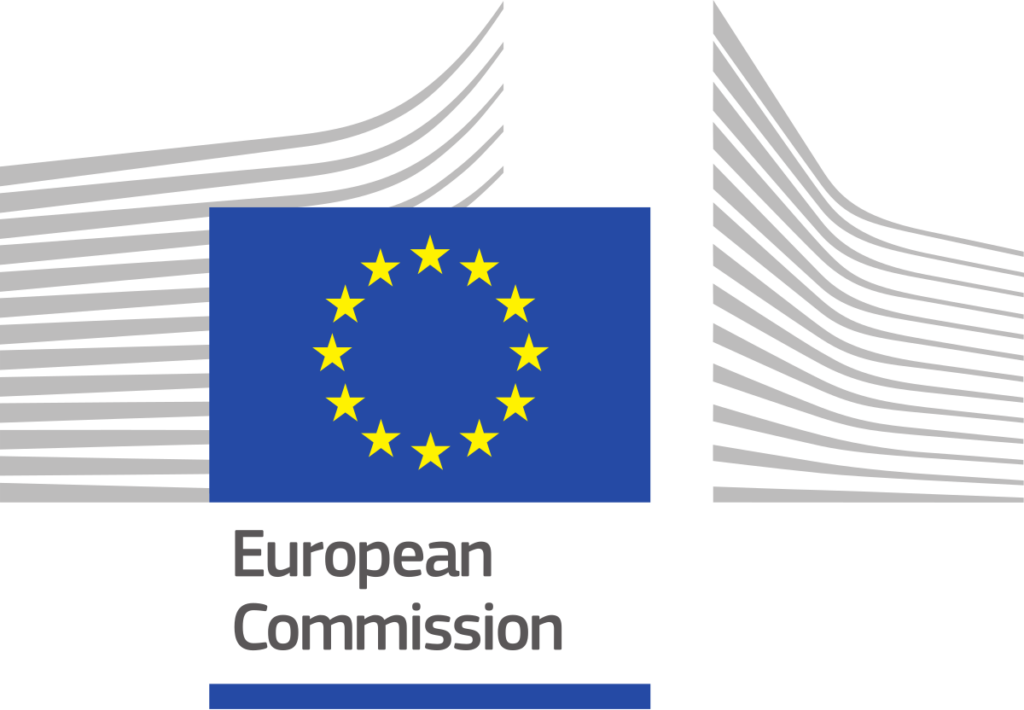New hydrogen regulations in Europe
By Julian Atchison on September 29, 2022
The European Parliament has recently voted on key changes to the Renewable Energy Directive II.
New targets, additionality scrapped, temporal easing
Features of the newly-minted RED II include:
- “renewable fuels of non-biological origin” (RFNBOs) must comprise at least 5.7% of all fuels by 2030, including 1.2% in the maritime sector.
- RFNBOs must comprise 50% of industrial fuel by 2030, rising to 75% by 2035. According to Hydrogen Europe, this target equates to 9-10 million tonnes of renewable hydrogen per year in 2030.
- the “additionality” clause has been scrapped, which required renewable hydrogen production to be powered only by new-build renewable energy generation.
- “temporal matching” has been eased. Originally, hydrogen producers purchasing renewable electricity via a PPA had to use that energy inside the same calendar month (and same hour from 2027), but this has been scaled back to a quarter year.
- and, rather than PPAs needing to be signed between hydrogen producers and renewable energy generators inside the same bidding zone, contracts can be signed between parties in the same or neighboring EU countries.
We have ensured that [the criteria for hydrogen production] doesn’t become excessively complicated…We have sent a message to the commission, that you do not need to make the energy transition so complicated, so expensive. We don’t need gold-plated hydrogen. We need hydrogen now.
MEP Markus Pieper (Germany), as reported in “MEPs vote to remove additionality principle for renewable hydrogen production” (author Jake Stone) ICIS, 14 Sep 2022
But, the question of whether this set of rules fully applies to hydrogen imports into the EU is still to be answered. For potential hydrogen-as-ammonia exporters, clarification on this point (as well as the EU definition of “green” hydrogen) will be necessary to avoid competing sets of standards for imports and domestically-produced renewable hydrogen. The Commission has been tasked with developing a comprehensive hydrogen import strategy for Europe.
€3 billion Hydrogen Bank
And, in her State of the Union address, EU President Ursula von der Leyen announced a €3 billion bank would be set up to help close the investment gap for hydrogen in Europe, and help “guarantee” the purchase of hydrogen. Further details on this bank are yet to emerge.
